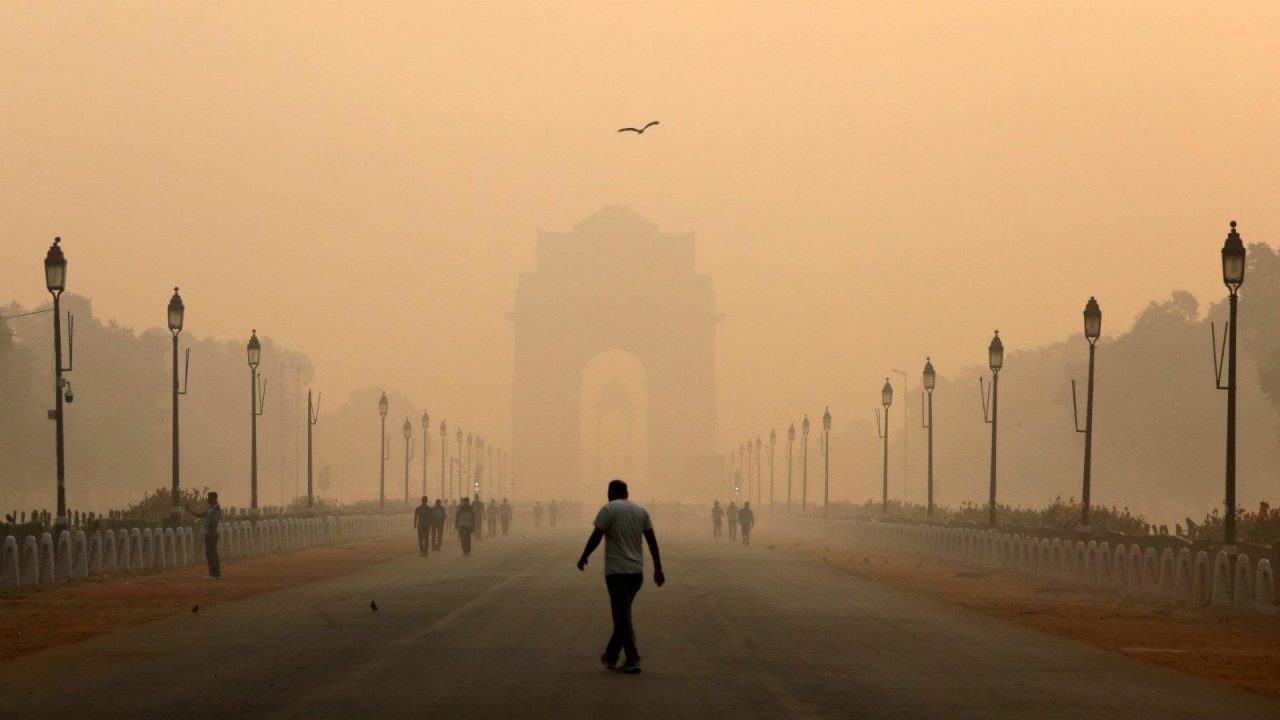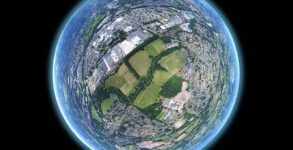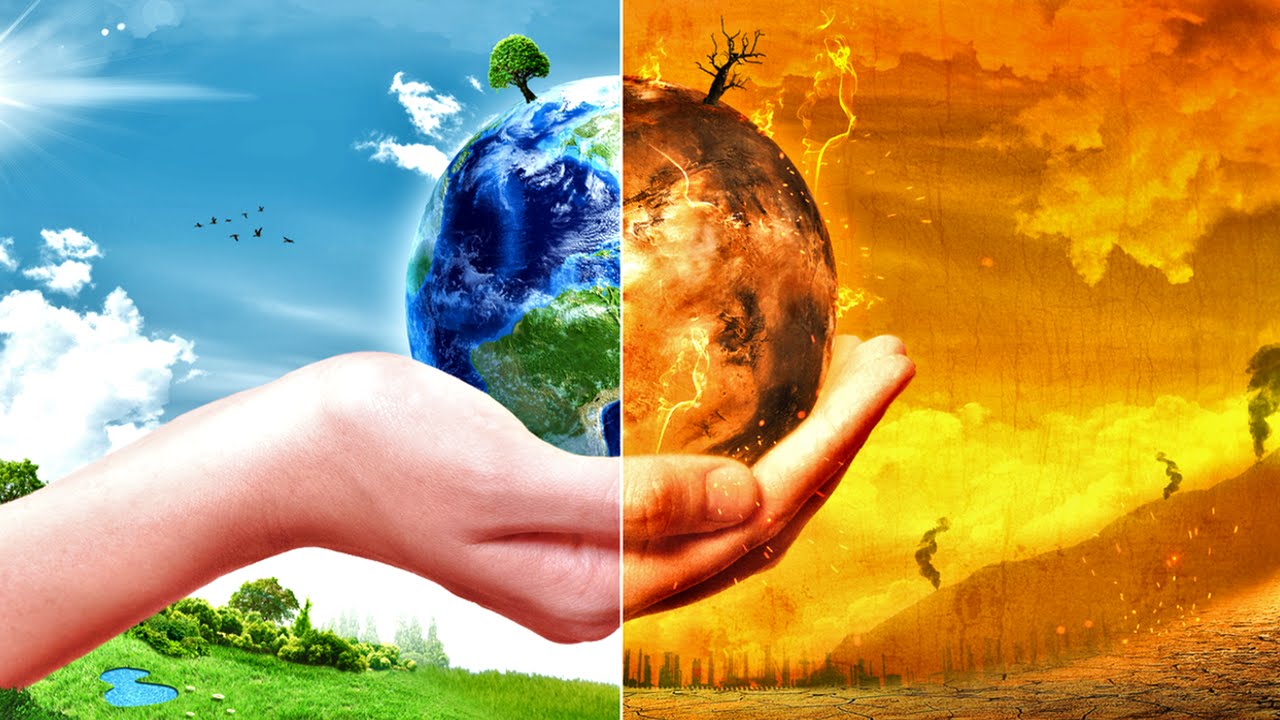Climate change activist Greta Thunberg’s recent speech at the UN Climate Summit has caught worldwide attention. Her key message is that the world leaders have failed us with their inaction on climate change. The speech has brought forth the centrality of the climate crisis.
Global emissions and atmospheric concentration of carbon dioxide have reached a record high in recent years. At the same time, ice loss in Greenland has also peaked. Rising inland temperatures, summer heatwaves, severe droughts, unseasonal floods and drying rivers and water bodies have become a common phenomena across regions- from East Africa to South Asia. Erosion of mangrove forests, coral bleaching, forest fires have long lasting effects on our ecological systems. Excessive uses of plastics, oil slippage in sea, irrational mining have affected the makeup of biodiversity. Uncontrolled human activities and industrial explorations have warmed the planet. Consequences of changing the natural atmospheric temperature level are very significant to human lives and livelihoods and may increase over time.
Here are some heartbreaking pictures that depict this grim reality
Coral Bleaching

Scientists estimate that one third of coral reefs were killed when temperatures spiked in 2016. Coral reefs are underwater ecosystems and are referred to as “rainforests of the sea.”
Amazon Forest Fires

Brazil has had more than 72,000 fire outbreaks so far this year, an 84% increase on the same period in 2018. These fires are not just destroying the forests called the “lungs of the earth” but also pumping alarming quantities of carbon in the atmosphere.
Flooding

Heating of ocean’s are causing more intense tropical storms in coastal areas. It is estimated that Hurricane Harvey’s deluge was made three times more likely due to climate change.
Ice melting
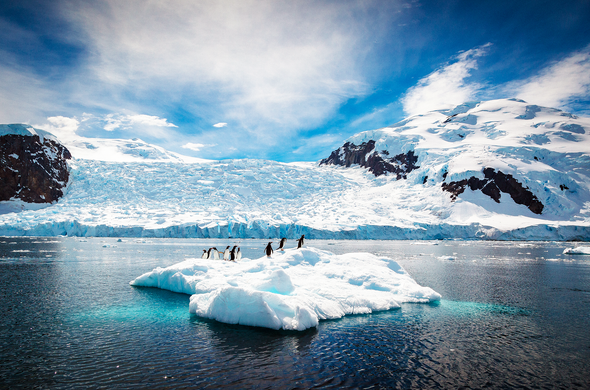
World’s ice meting not just impacts sea level but can change ocean’s circulation, global temperature, and even impact extreme weather events around the world.
Animal Extinction

While extinction is a natural process it is now happening at 1000 times the normal speed. Around 28,000 species of animals and plants are threatened with extinction. This number is actually an underestimation and recent intergovernmental report estimates that up to a million animal and plant species, known and unknown are threatened with extinction. The biggest threat are humans – housing, industry and commerce, hunting and fishing.
Air pollution
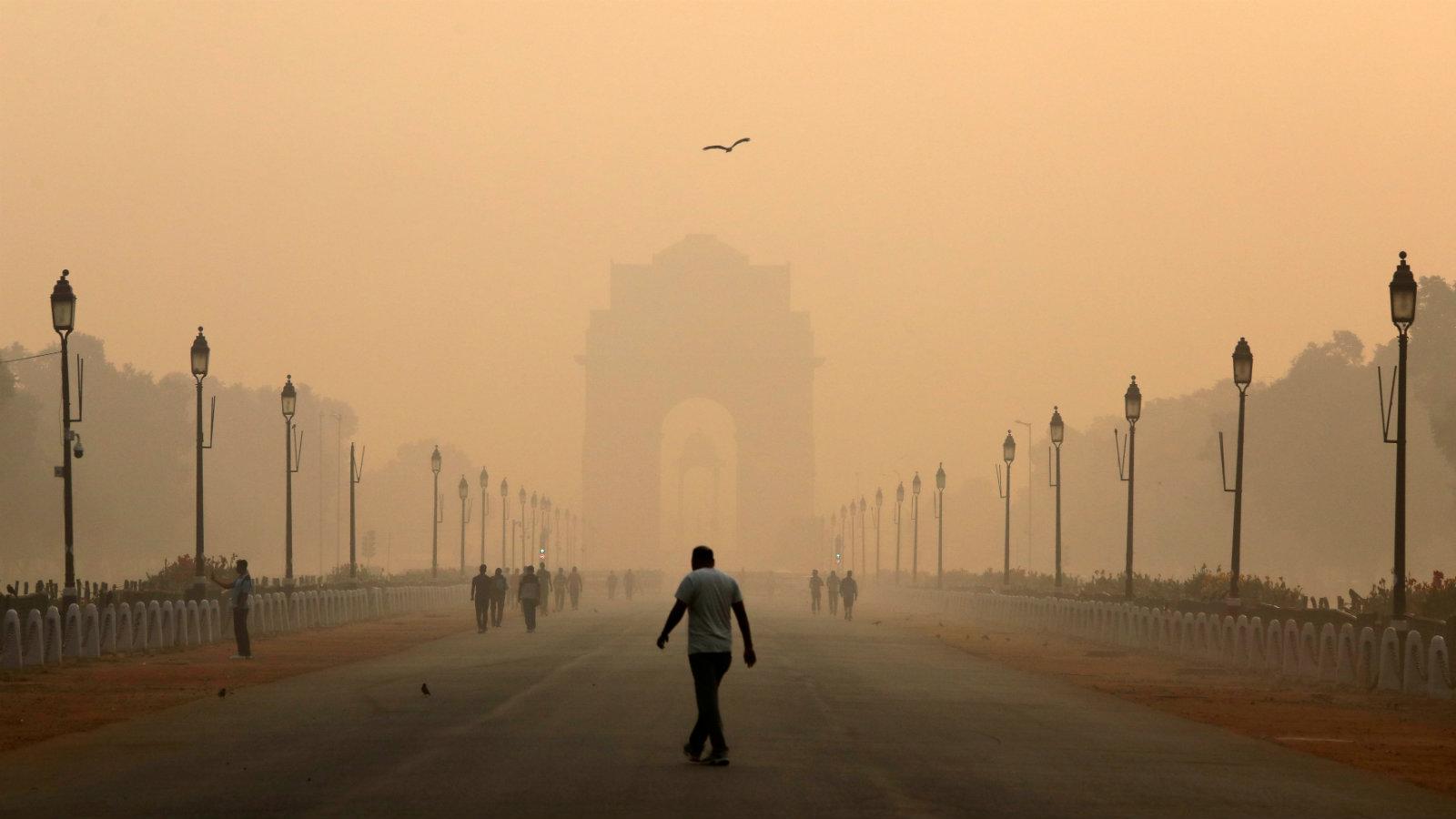
Air quality has deteriorated throughout the world and India has 14 out of the world’s 15 most polluted cities.
Plastic pollution
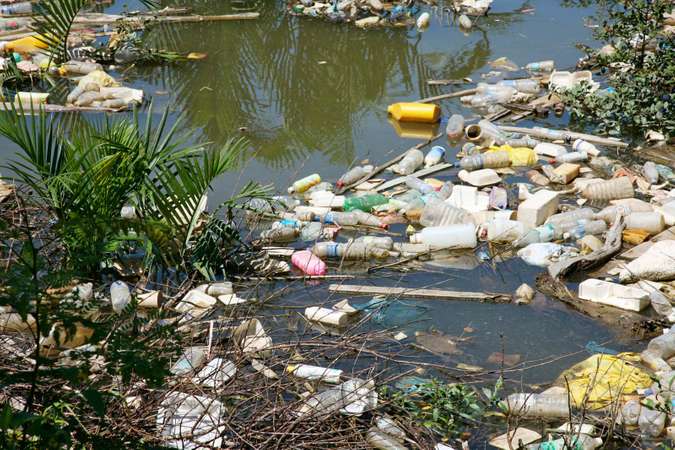
Several million tonnes of debris ends up in the world’s oceans every year, and much of it is improperly discarded plastic litter. Even the manufacturing process of plastics is polluting through release of dangerous compounds.
Rivers Drying

As soils are drying, researchers point out that drought like conditions, especially in regions that are already dry will become the new normal.
Soil depletion

Humans have been steadily depleting soil resources faster than the rate of nutrient replenishment. Soil erosion, along with climate change will present a huge risk to global food security over the next century.
Oil spills

Oil spills are regrettably common and have the worst impact on marine ecosystems. Cleanups are often inadequate, time consuming and costly.
Signs of climate change – rise in global temperature, warming oceans, shrinking ice sheets, decrease in snow cover, rise in sea level, extreme weather events – are visible to all of us. How each one of us, our scientists, our leaders, communities respond to climate change will define the 21st century. The governments need to support efforts towards diversifying urban forests, rebuilding forests after wildfires, and restoring agricultural lands, wetlands and coastal areas. Scientists are already developing technologies that can decarbonize air travel, protect ozone layers and these efforts must be funded and supported. Individuals can focus on reducing air travel, adopting a sustainable lifestyle, conserving fuel, and promoting uses of renewable energy.

